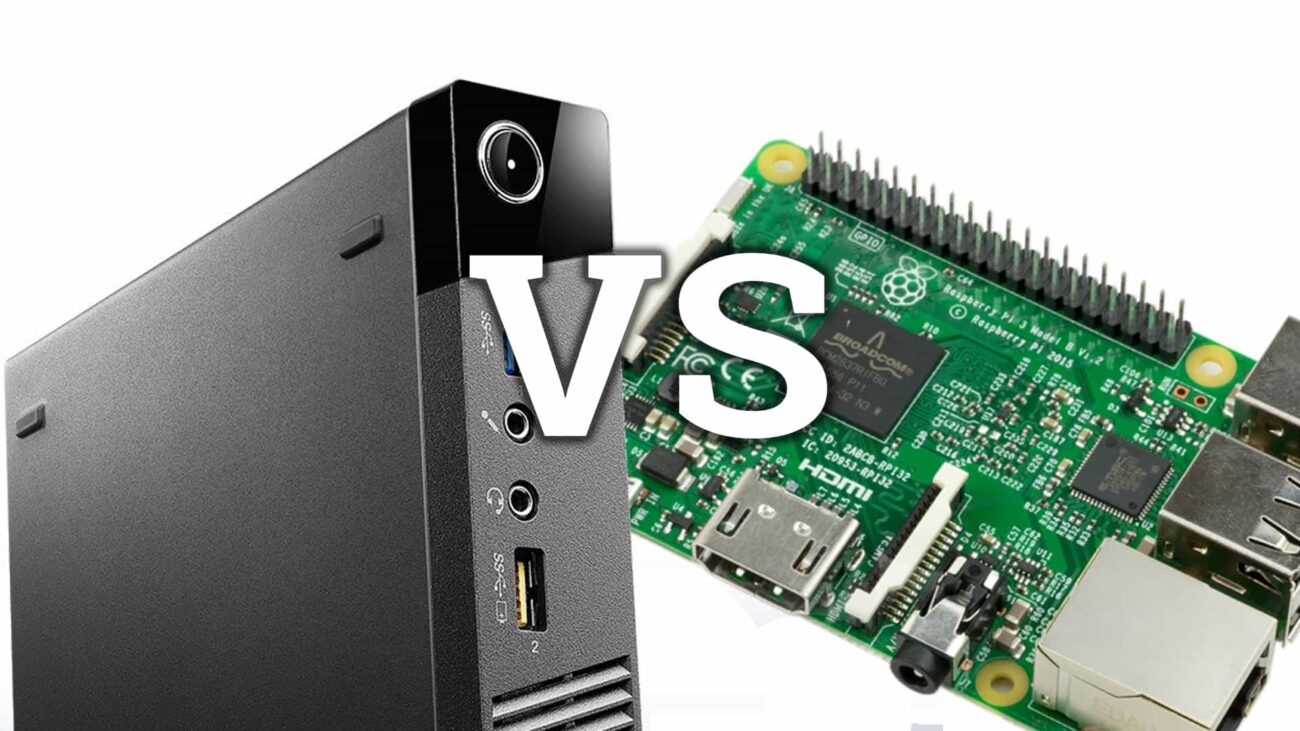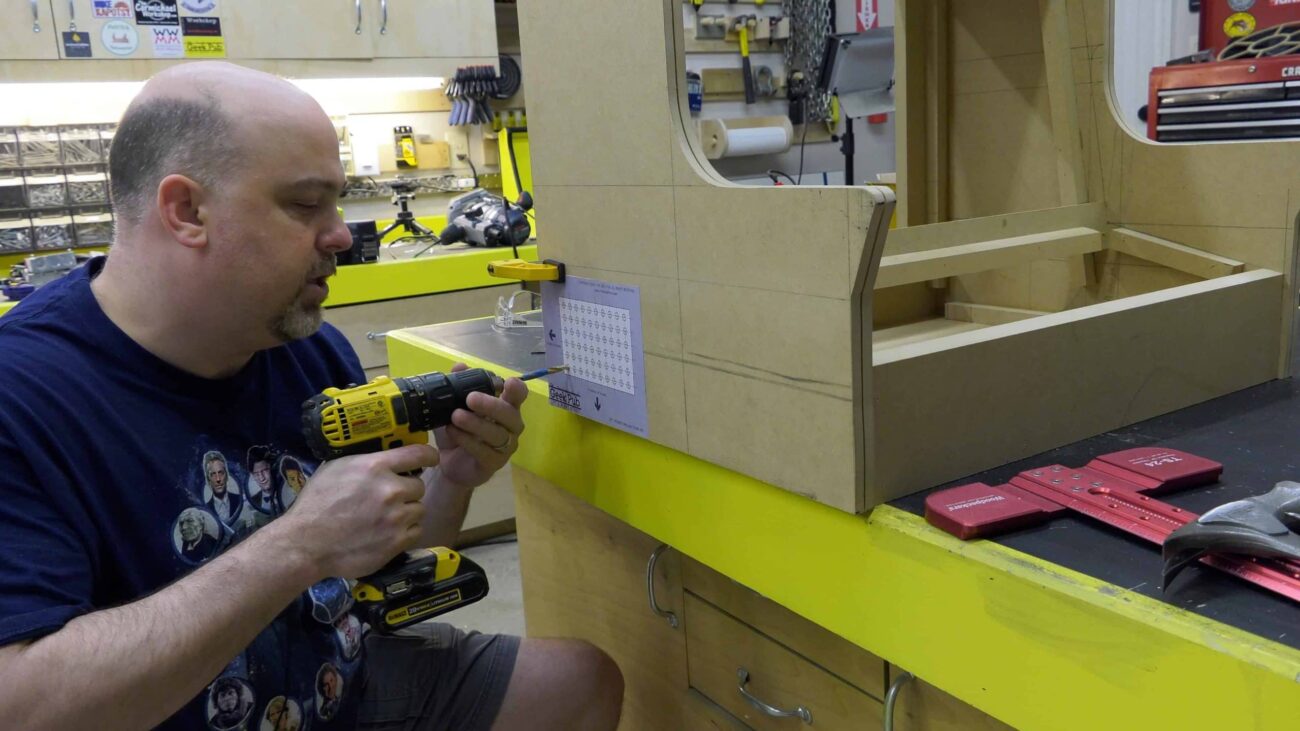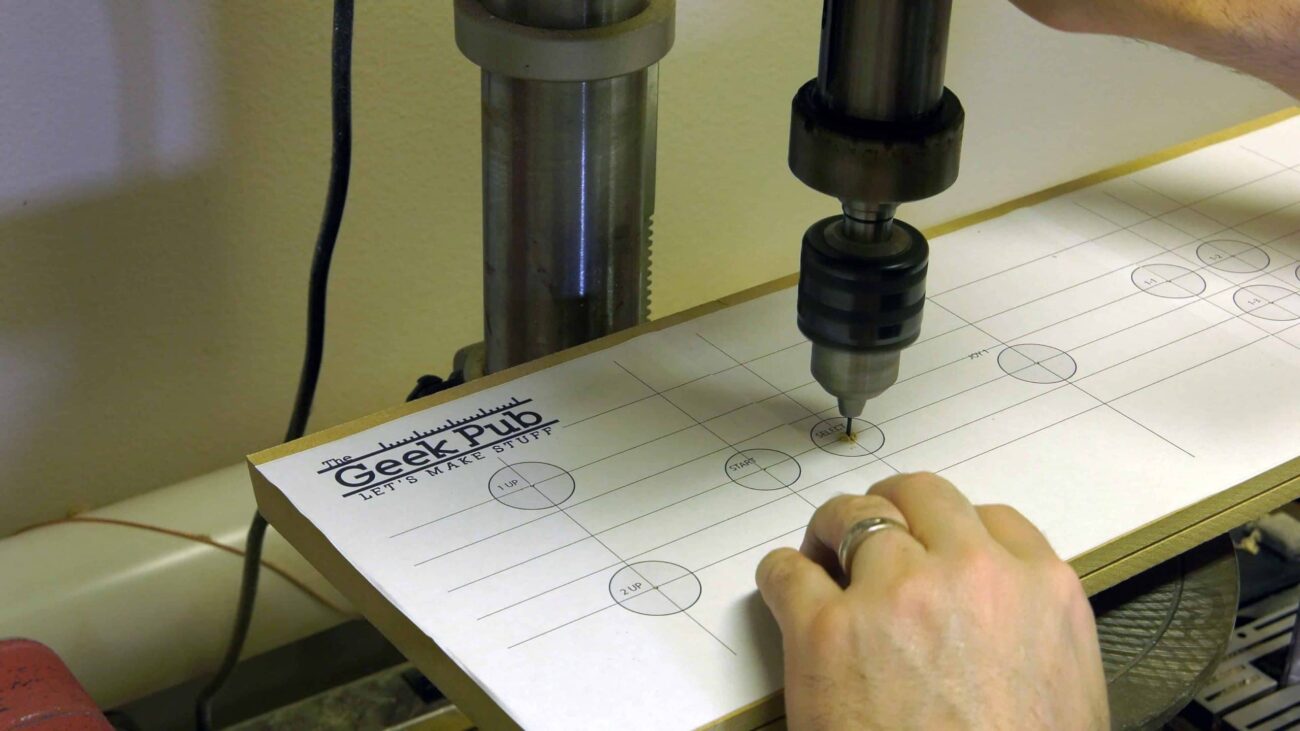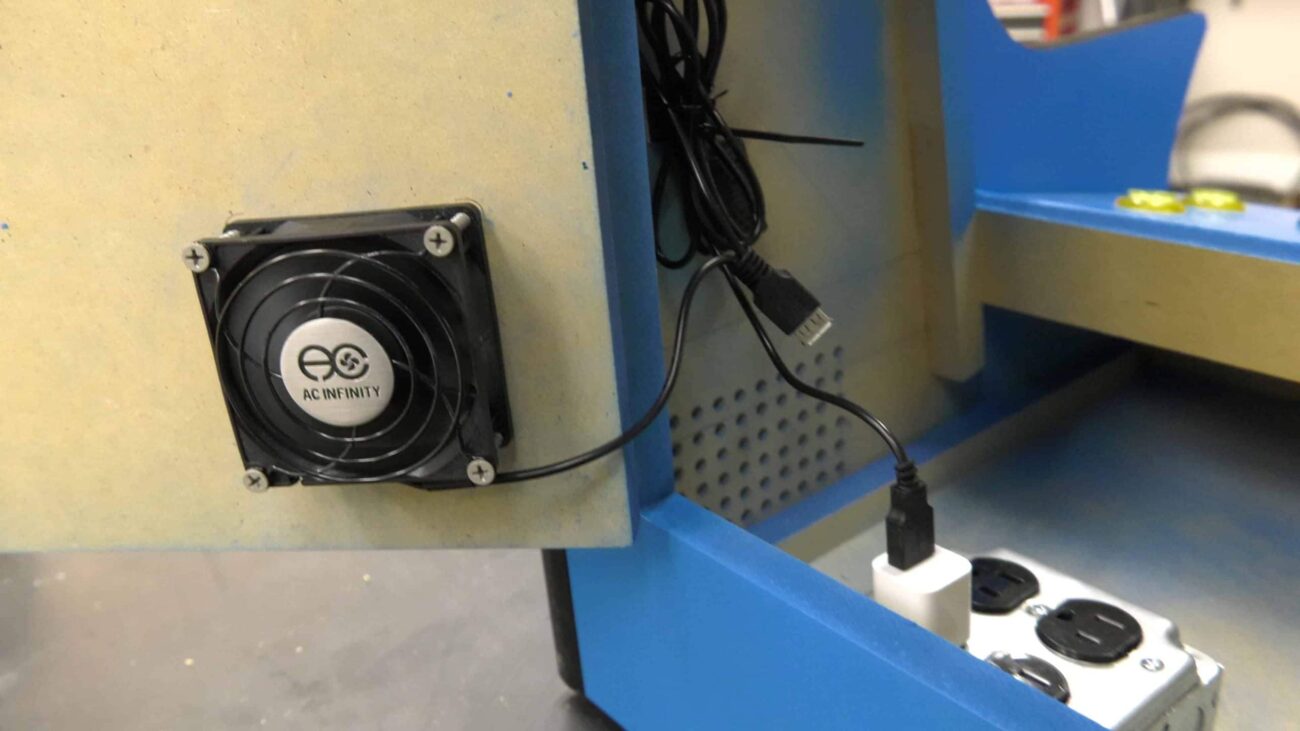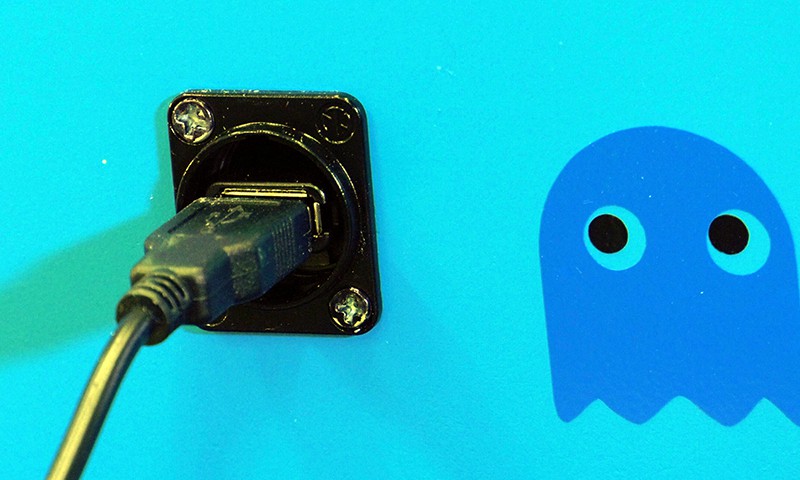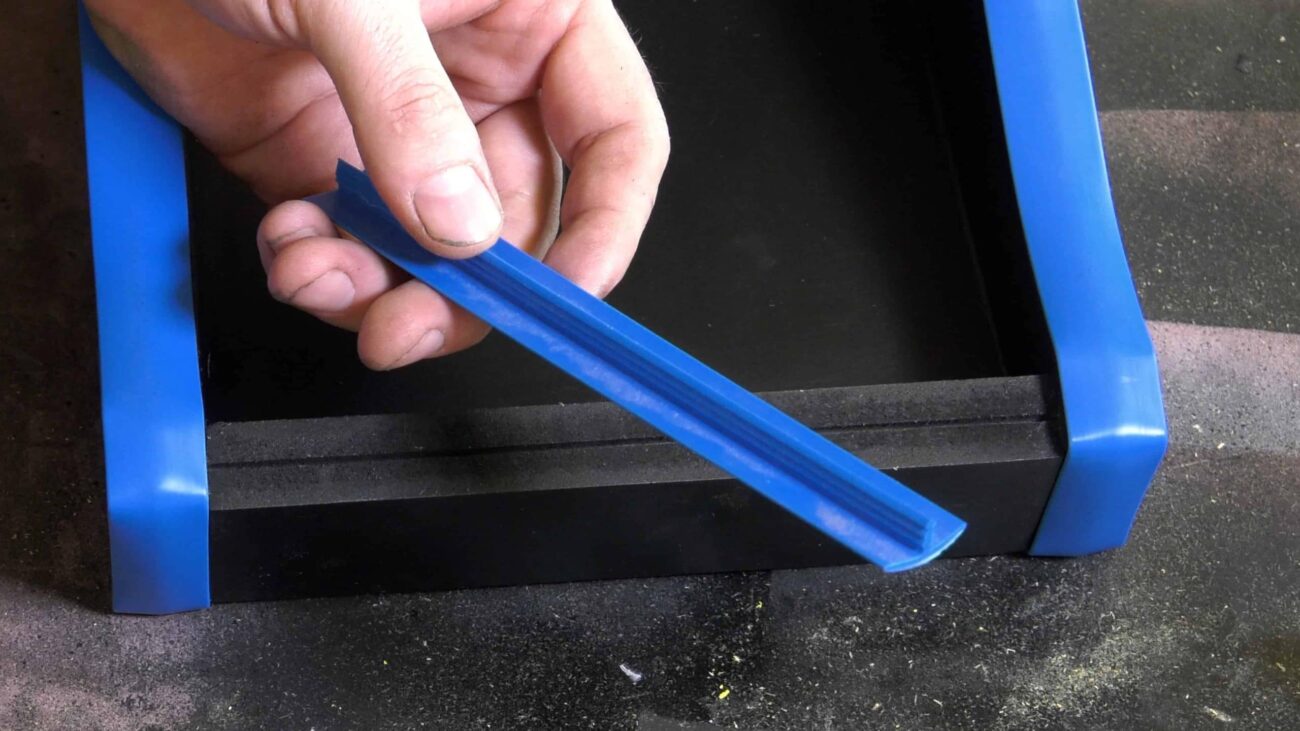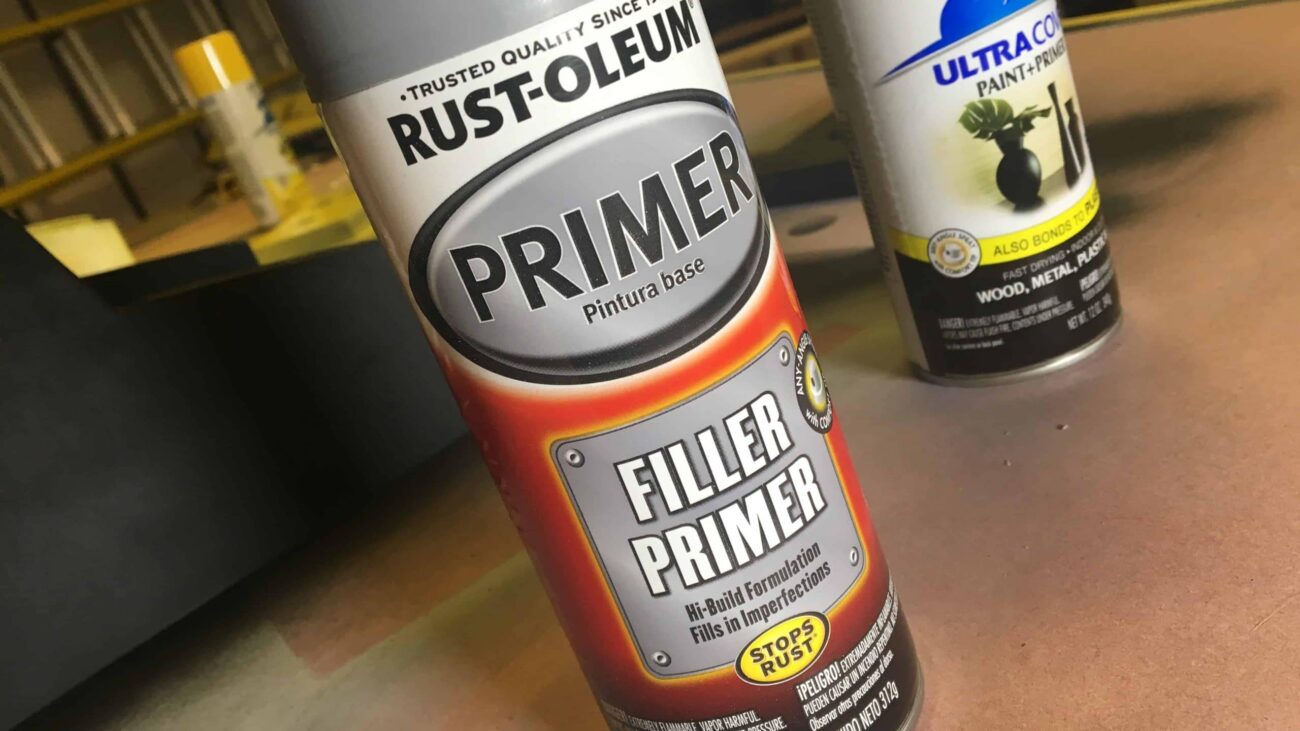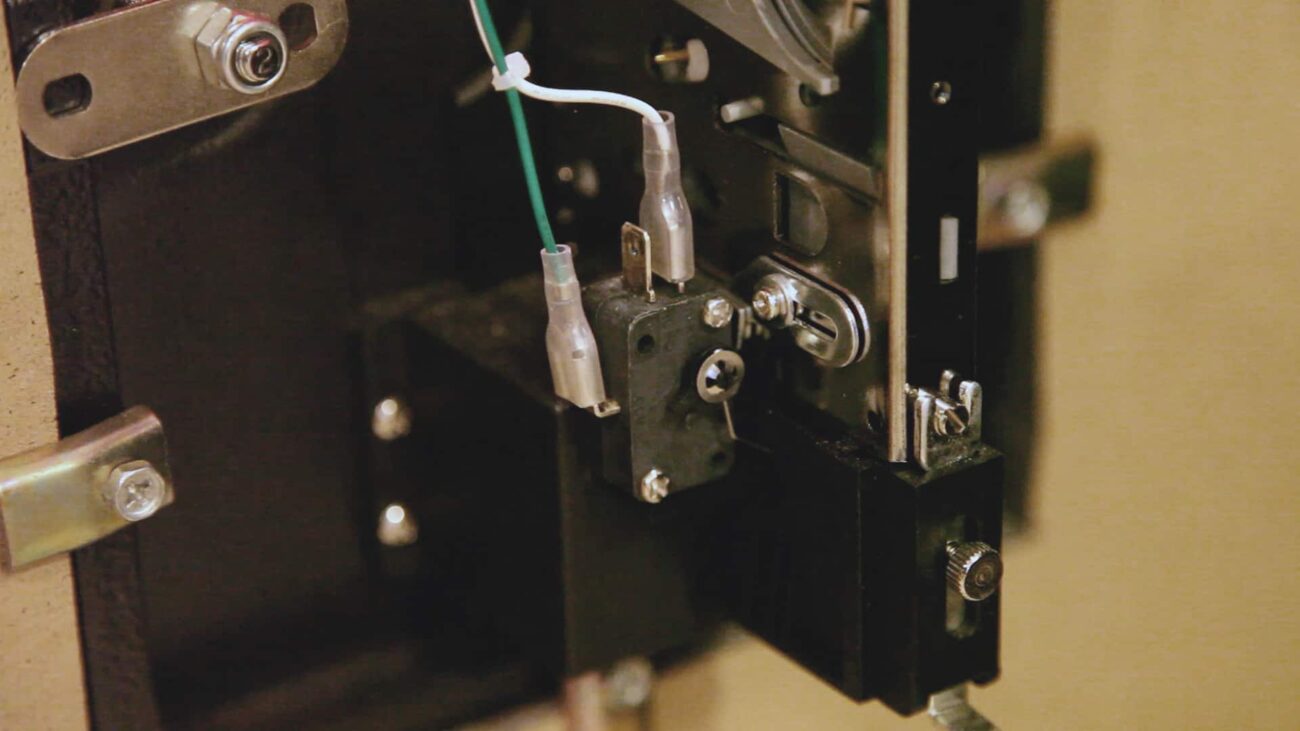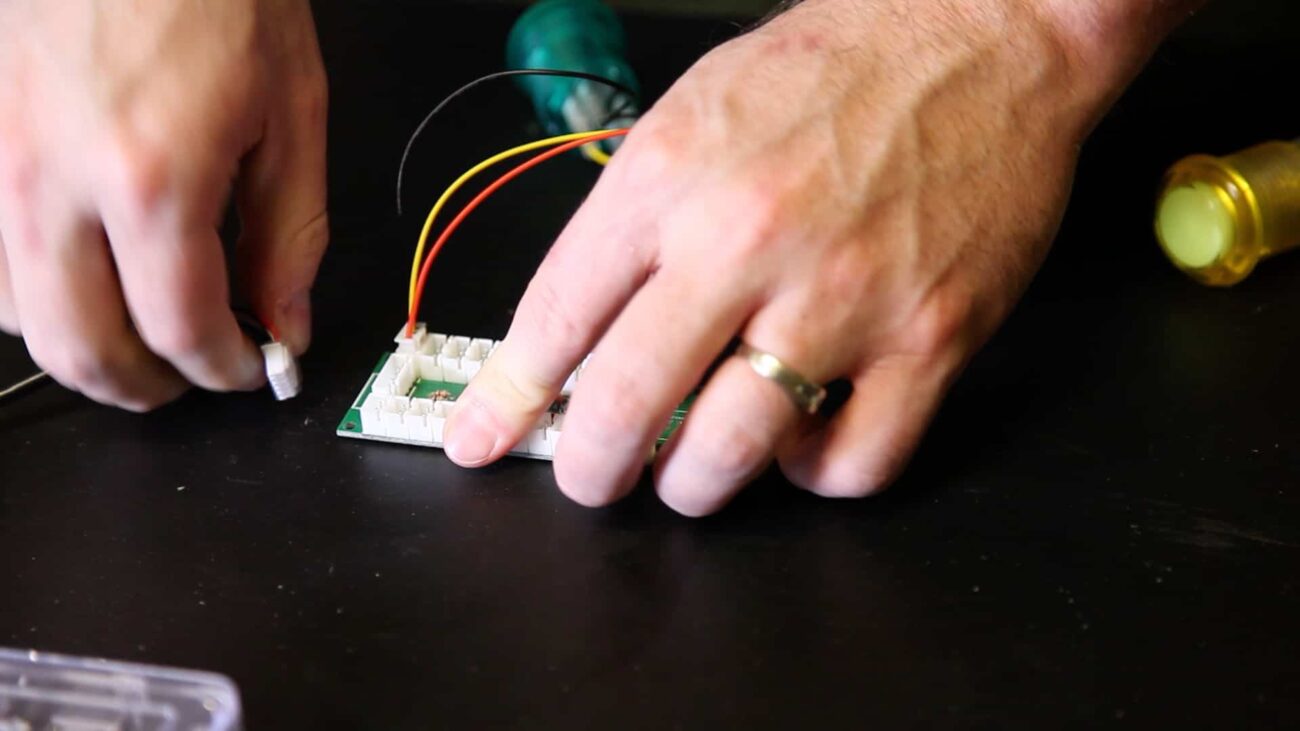PC vs Raspberry Pi for Arcades
We get a lot of questions through our comments, feedback pages, and emails every single day. One of those questions is "Should I ...
Drilling your Arcade Speakers, the Right Way
All of The Geek Pub plans coming with drilling templates. These templates make it super easy to drill out the holes for many of th...
Backboring Arcade Controls
When using smaller 24mm arcade buttons, it can be an exercise in frustration when using 3/4" material. The material of choic...
Adding a Fan to your Arcade Cabinet
While I've been pretty clear that I don't really see the need for a fan in a Raspberry Pi Arcade cabinet, so many of you believe i...
Adding USB Ports to your Arcade Cabinet
USB ports to your arcade cabinet can all kinds of advantages! It allows you to add an assortment of USB controllers (NES, Atari, ...
T-Molding Tips & Tricks
T-Molding is fantastic for that awesome retro look! Especially when it comes to building arcades! If you want your arcade or other...
Why I Use Filler Primer
Filler Primer is one of those things that once you learn about it you'll wonder why you never used it before! Filler primer is a t...
Wiring the Coin Mech
Most coin mechanisms operate on the same principles as the buttons and the joysticks. Once the coin passes through the mechanism s...
Connecting Arcade Controls to the Pi
To connect the arcade controls to the Pi (or your PC) you're going to need a USB encoder. These encoders convert the presses of t...
Reverse Sanwa LED Operation
Some prefer their arcade buttons to light on press, while other prefer them to be always on. Reversing the LED operation on the Sa...

